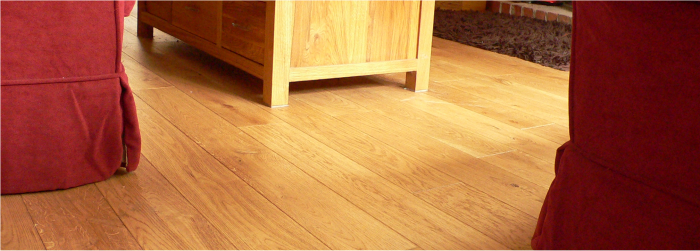Benefits

In a radiator based system, the heat rises and cools before reaching the other side of a room.
The benefits of water based UFH are many. One is the way that the heat is radiated upward giving a much more comfortable heat as the air around you is the same temperature. The air temperature can be set to be cooler than that of a radiator based system but you still feel warm because the cold spots are not there. With conventional radiators the air might be two degrees warmer by the radiator but still feel cooler at the other side of the rooml!
Imagine wearing no footwear, your feet always warm - tiled surfaces take on a whole new feeling. Tiles look and feel great, wood and laminates look and feel unbelievable. Coming in from the outside, you are immediately aware of the complete warmth all around you; indeed within seconds, you can nearly always tell a house with under floor heating.
In this country we have been slow to latch on to UFH, but across Europe it is recorded that well over 50% of houses already use this method to heat their dwellings. In this country, a lot more houses are being built with UFH fitted by default.

In a UFH based system, the heat rises evenly across the whole room.
Cost savings can be as much as 30% compared to radiators on the same conventional boiler system. This is because the water circulates at much lower temperatures so the boiler doesn't fire up as often, thus saving fuel. Each room calls for heat independently and only when its required. Because rooms are heated evenly there is not the same amount of cold spots so draughts are greatly reduced.
Water based UFH differs significantly from electric based UFH which uses wires and mats under the flooring. Electric based UFH can be very expensive to run and is mainly used as a secondary heating source e.g. to complement a radiator based system and is rarely used as a total building heat source.

